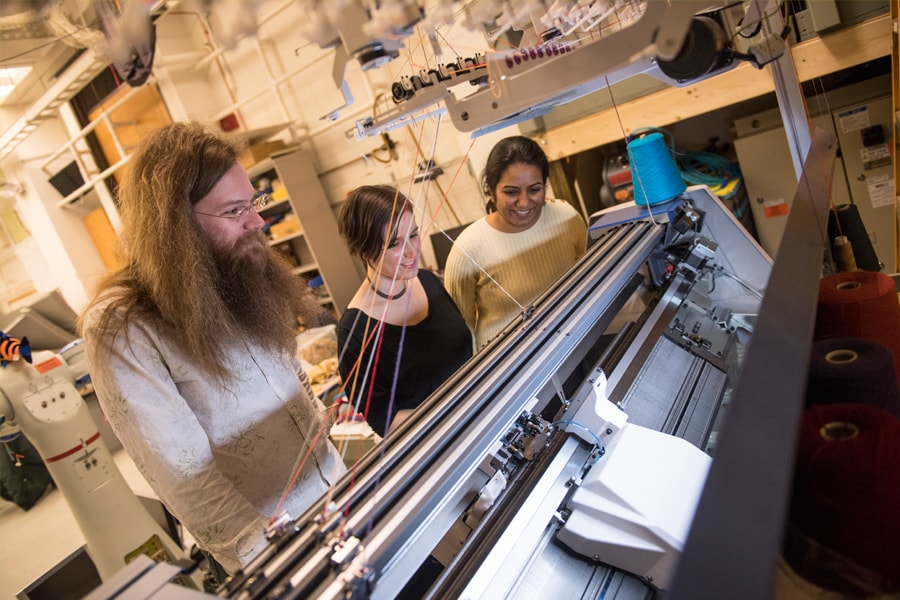At last, a use for that industrial knitting machine you bought at a yard sale! Carnegie Mellon researchers have created a method that generates knitting patterns for arbitrary 3D shapes, opening the possibility of “on-demand knitting.” Think 3D printing, but softer.
The idea is actually quite compelling for those of us who are picky about their knitwear. How often have we picked up a knit cap, glove, or scarf only to find it too long, too short, too tight, too loose, etc?
If you fed your sartorial requirements (a 3D mesh) into this system from James McCann and students at CMU’s Textiles Lab, it could quickly spit out a pattern that a knitting machine could follow easily yet is perfectly suited for your purposes.
 This has to be done carefully — the machines aren’t the same as human knitters, obviously, and a poorly configured pattern might lead to yarn breaking or jamming the machine. But it’s a lot better than having to build that pattern purl by purl.
This has to be done carefully — the machines aren’t the same as human knitters, obviously, and a poorly configured pattern might lead to yarn breaking or jamming the machine. But it’s a lot better than having to build that pattern purl by purl.
With a little more work, “Knitting machines could become as easy to use as 3D printers,” McCann said in a CMU news release.
Of course, it’s unlikely you’ll have one of your own. But maker spaces and designer ateliers (I believe that’s the term) will be more likely to if it’s this easy to create new and perfectly sized garments with them.
McCann and his team will be presenting their research at SIGGRAPH this summer.
from TechCrunch https://ift.tt/2J77fls
via IFTTT
Comments
Post a Comment